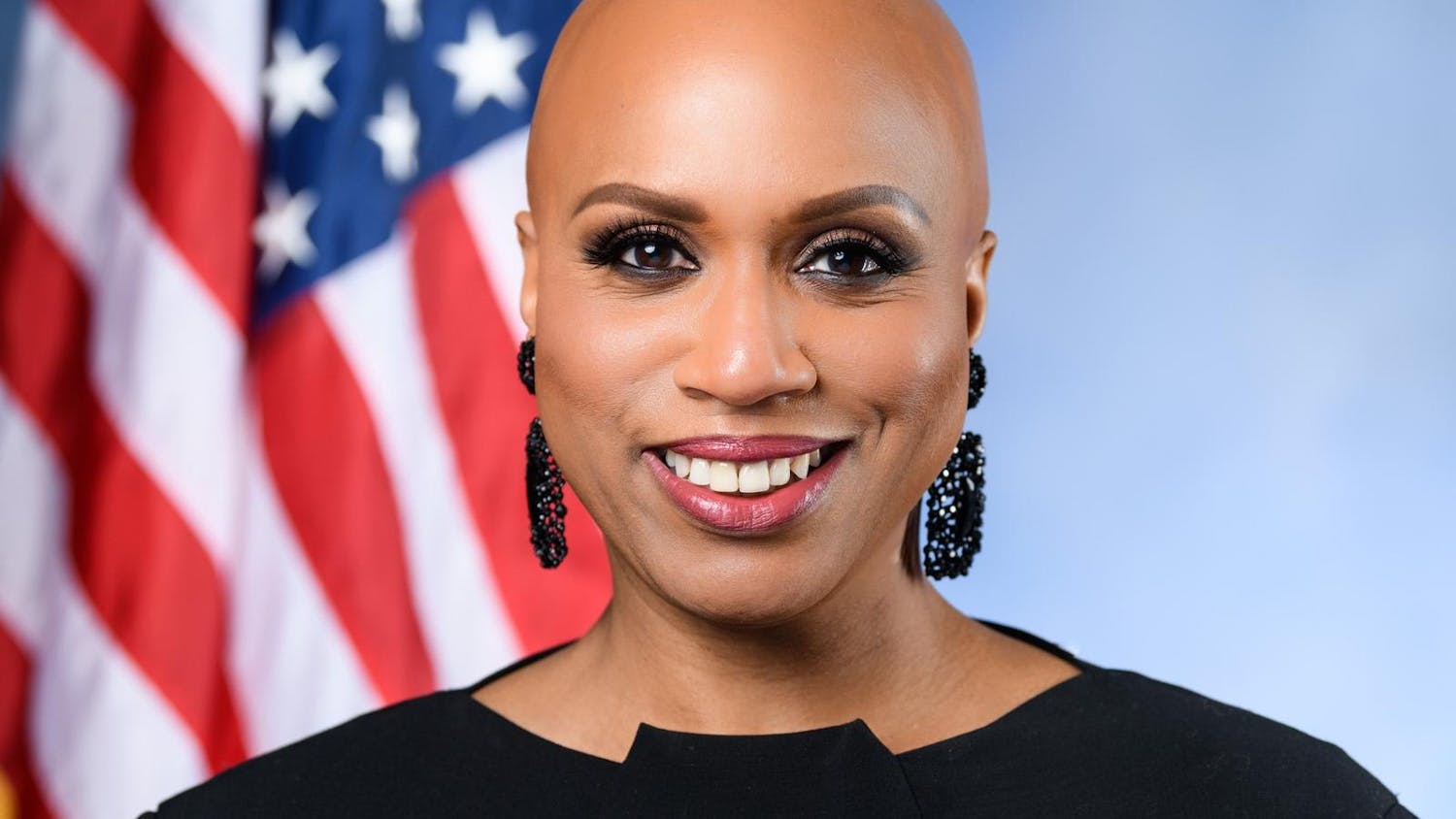“The way in which we talk about race has really changed in the United States,” said Kevin Nadal, associate professor of psychology at the City University of New York, addressing a room of students and faculty members at this year’s E(RACE)D But Not Forgotten conference Saturday.
E(RACE)D, first created last year as a response to social justice issues regarding race and Asian-American relations, included multiple workshop-style “breakout sessions” and a keynote speech by Nadal. During this year’s event, titled “Unpacking Asian America,” Nadal spoke on the topic of intersectionality and microaggressions.
“Microaggressions are defined as brief and commonplace … indignities, whether intentional or unintentional, that communicate hostile, derogatory or negative slights and insults,” Nadal said. He added that it is important to discuss microaggressions in the context of intersectionality — the idea that people have multiple identities, such as race, gender, socioeconomic status, sexual orientation and religion, which all contribute to the ways they are viewed and categorized by others and themselves.
Nadal began his presentation by speaking about his own childhood as a gay Filipino-American. “Growing up, I knew I was different,” he said, adding that he felt “trapped,” with no role models who were both gay and Filipino-American.
“It’s time that we begin telling more of these stories,” Nadal said. “If we belong to an Asian-American organization, oftentimes people assume there’s only one way to be Asian-American … and everyone would relate to each other in the same way.”
On the contrary, he said, most people have unique intersectional identities that need to be addressed.
But “all people of color still experience institutional, systemic and interpersonal racism in their everyday lives,” Nadal said, citing educational and career disparities, from lower achievement levels of southeast Asians to the “bamboo ceiling” that many Asians face in their career paths.
Examples of such racism and microaggression were among the themes of the breakout sessions, which dealt with issues such as exotification and “yellow fever,” Afro-Asian solidarity, mental health and wellness and internalized racism.
Soyoon Kim ’18, a Herald illustrator, said the breakout sessions she attended “were definitely relevant” to her. “I feel like these are issues that I should be aware about and cognizant of as I go through the rest of my three years here at Brown.”
Kim said she was particularly affected by the “Bananas, Twinkies and Beyond: Internalized Racism” session that she attended. “That (session) really struck a chord with me. It reminded me of … how I felt for a lot of the time at my mostly white high school,” she said. “It brought back a lot of things and made me reconsider my position as an Asian-American student.”
Fue Vue ’17 said he did not feel like many of the issues discussed at E(RACE)D were that relevant to his experience at Brown. “The school in general and the vibe” feel safe, he added. “(Brown) doesn’t create any feeling of inferiority.”
But Vue said he felt it was important to learn more about Asian-American issues to help others who are not as fortunate. “I’m Hmong-American, and I’m really interested in learning about how I can help better my community,” he said. To do that, “I need to better understand social constructs of Asian America,” he added.
E(RACE)D 2015 was organized by nine Brown student committee chairs, along with numerous committee members and workshop leaders. The organizers wanted to make the conference more accessible and less academic this year, said Richard Park ’16, one of the chairs of the Publicity Committee. Last year’s conference had elements that “created certain barriers between people who weren’t experienced and people who were more knowledgeable about the subject,” he added.
“Last year we felt like the workshops we offered weren’t relatable to a lot of students,” said Jea Sim ’17, chair of the conference. “A lot of people who had never had this kind of conversation found it hard to see why it related to them and why it mattered,” she said. As a result, the committee chairs enlisted student leaders to speak more about their lived experiences during the breakout sessions this year, Park said.
Aditya Kumar ’17, the other publicity chair, said his own lived experiences contributed to his decision to get involved with E(RACE)D. “I just wanted to help … include a South Asian voice in the larger Asian narrative,” Kumar said. “I think that (South Asians) are left out a lot of the time when topics of Asian-American identity are discussed,” he added.
Within Asian-American populations, Park said, there are groups who are further marginalized and stigmatized, such as people of low socioeconomic class, LGBT people and Southeast Asians. Kumar and Park created a publicity poster for the event that featured multiple images of Asian-American identities to illustrate this theme. “There’s this running metaphor about unpacking the luggage that we’ve brought from past generations from Asia to America and creating a more unified idea of what Asian America is for everyone,” Park said. But “even though the title of the conference is ‘Unpacking Asian America,’ the theme that we’re running with is ‘Margins of the Marginalized,’” he added.
Ultimately, one of the goals of the conference was to attract people who do not normally engage in discussions about Asian-American social and political identities, Sim said. “We wanted to foster conversation and make them think critically about their identity as Asian-Americans in the United States,” she added.
“I feel like if people who attended the conference and who identify as Asian-American left feeling more of a sense of validation and a willingness to get involved with social issues, that would be the greatest accomplishment I could hope for,” Kumar said.




